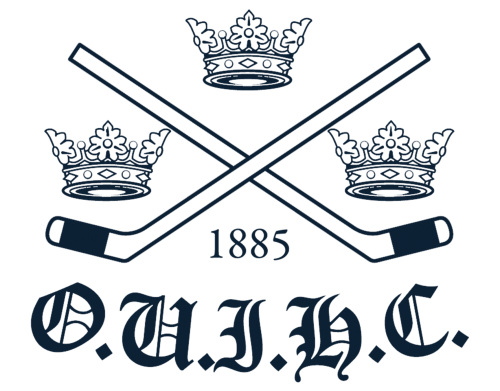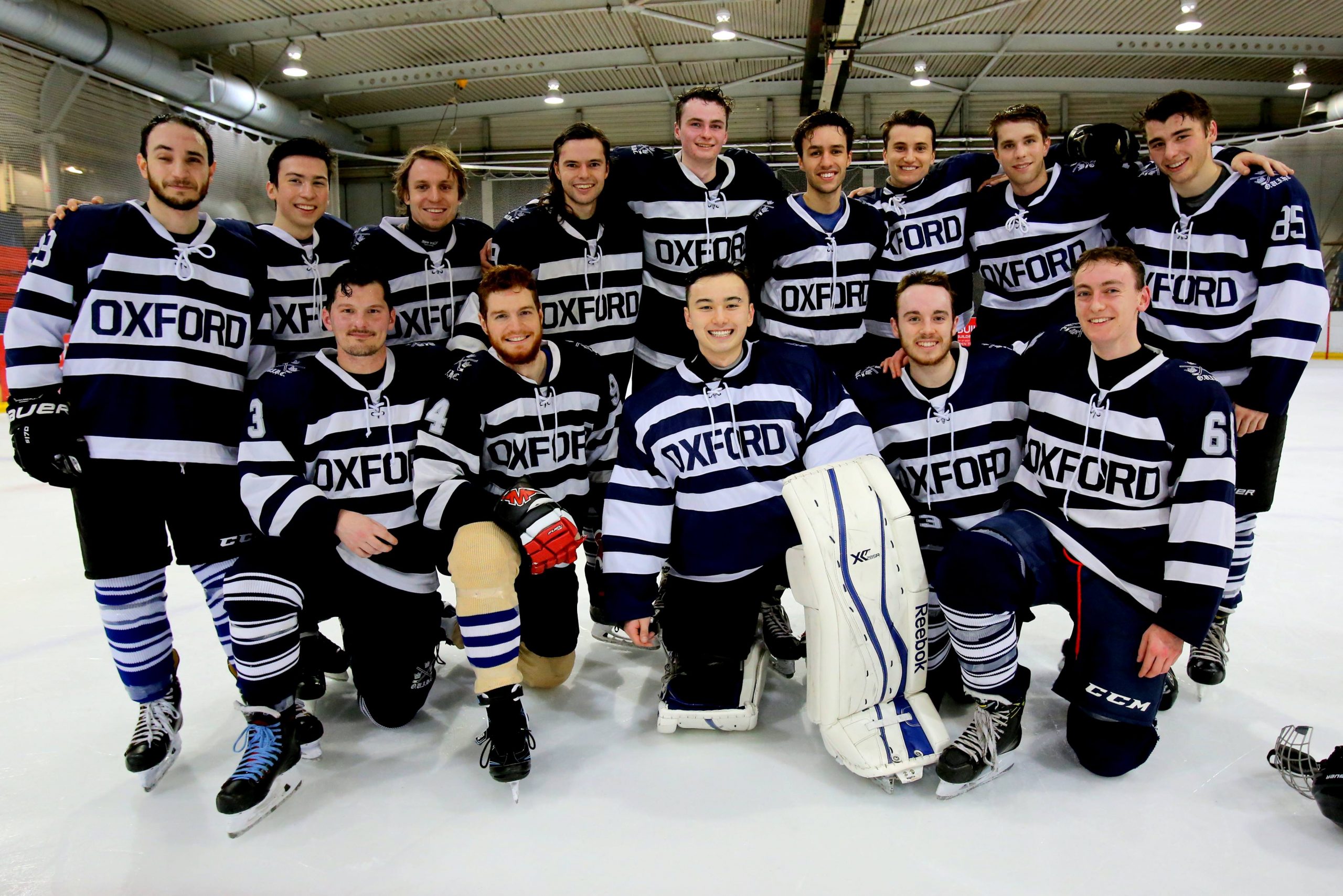There is a certain kind of fearlessness and madness required to play ice hockey, judging by most people’s reaction to telling them your sport of preference. Most people wouldn’t spend their Saturday afternoons beating other people up while traveling back and forth at high speeds over a slippery surface at temperatures well below freezing. But the sport has nevertheless gained a cult following within Oxford, and it’s important to consider why.
The most obvious answer is, of course, success, which both the men’s and women’s hockey teams have enjoyed plenty of throughout the course of the season. Since the start of the season in October 2015, the men’s blues have enjoyed a nearly impeccable record of 3-1, recovering from their early-season loss to dominate on the ice. Their most recent match was an impressive victory of 12-3 against the University of London Dragons. With two rematches against Cambridge coming up in February and March, one the annual Varsity showdown, the ice hockey team looks strong. The women’s team has broken even with a score of 2-2, showing incredible improvements in their attacking drives in both of their most recent victories. At the end of November, the women’s blues played back to back matches against Imperial and Cardiff and won both, one by a particularly impressive margin of 12 points.
It’s clear that competing at such a high level and on such a frequent basis (although seasons average about 10 matches at the top competitive ranks, scheduling ice time within the limited number of available rinks means teams can play games on both the Saturday and Sunday of any given week) takes enormous amounts of training. But success in hockey demands a wide range of skills; players are not only expected to keep up with general fitness during the off season, but also to refine ice-specific techniques that are not imitated in any other sport. Skating requires incredible balance and speed, and hour-long games with frequent line changes mean players must have incredible endurance in order to maintain peak performance. Players also make incredible sacrifices to be able to compete for their team on a regular basis; training times are often irregular, with both men and women’s teams practicing at midnight and 11pm respectively on a weekly basis.
Given the dedication, time, and skills required, why do so many players choose ice hockey? Although Oxford is fortunate to enjoy such impressive records in the present day, the teams at the University date back, albeit non-continuously, to 1885, and officially since 1921. Today there are three main ice hockey teams at the University: the Men’s Blues; the Women’s Blues, and a second Men’s team, the Vikings. The Men’s Blues, compete at a higher level within the league than the Vikings and are comprised of 18 players, divided by position. The women’s team is of a similar size, hosting 19 players on the roster. The women’s team have been lucky enough to find two players skilled at the goalie position, which remains both difficult and somewhat unpopular as it involves having 55 mph slapshots fly at your face. The Vikings roster has 17 active players, although numbers can fluctuate between years depending on how many first time hockey players decide to join the team.
It’s a fast-paced, often violent, always-competitive sport creating an atmosphere that fosters popularity with its players and its fans. Although skaters are assigned positions on the ice, the current trend for two-way hockey (a style of play created by the Boston Bruins’ Bobby Orr in the 1970s) means that both defencemen and forwards contribute to the offensive side of play, which not only builds a strong dynamic within the team, but also allows more players to score, bringing more energy to their technique.
Some players choose ice hockey for the opportunities that it provides them. OUIHC opens its doors to all students, regardless of previous experience. Others are experienced players, with several hailing from outside the UK, and choose it because it is culturally familiar. Some Blues even turned their experience with the team into a lifelong passion for the sport; former NHL President Clarence Campbell played for the club during his time at Oxford.
Ultimately, it provides students not only with a venue and ice time, but with a team, an alumni network, and dedicated fans who share their passion for the sport. A passion rooted in the strength of the game.
It may be the historical or cultural significance, or it may be the optimal schedule for the nocturnals among us, or it may be because someone took a few too many leaflets at the Freshers’ Fair and ultimately realized that they had to pick something; but the essence of ice hockey’s popularity will always be the excitement that it gives to both players and fans, and it is that more than anything else that is responsible for its success














